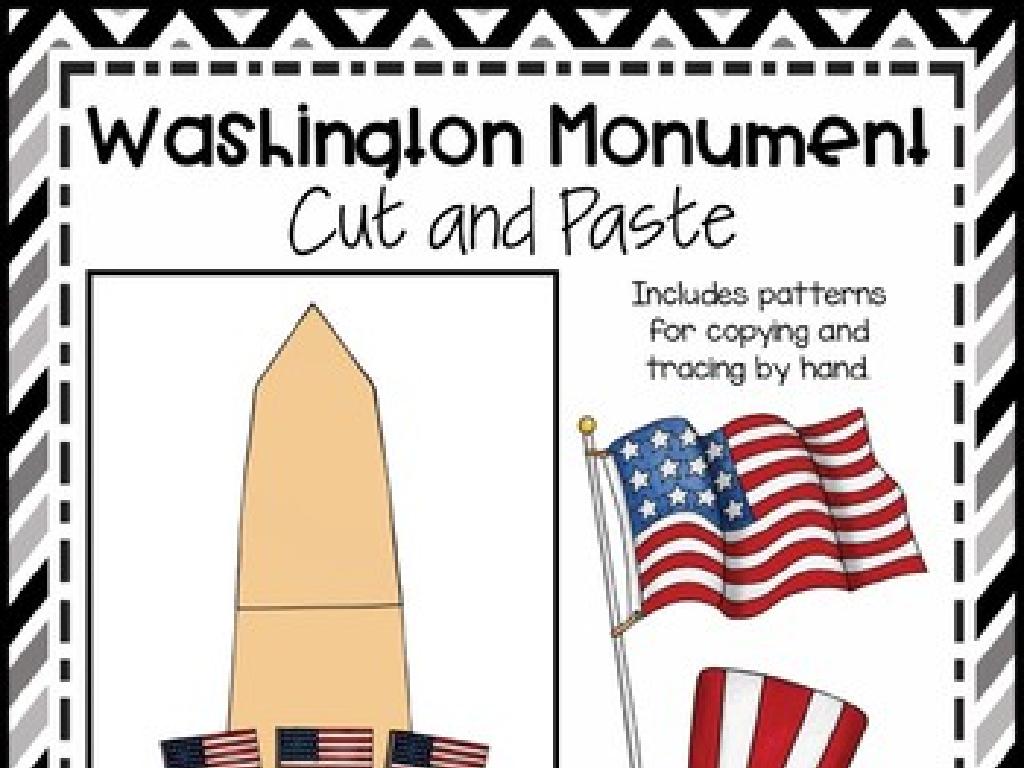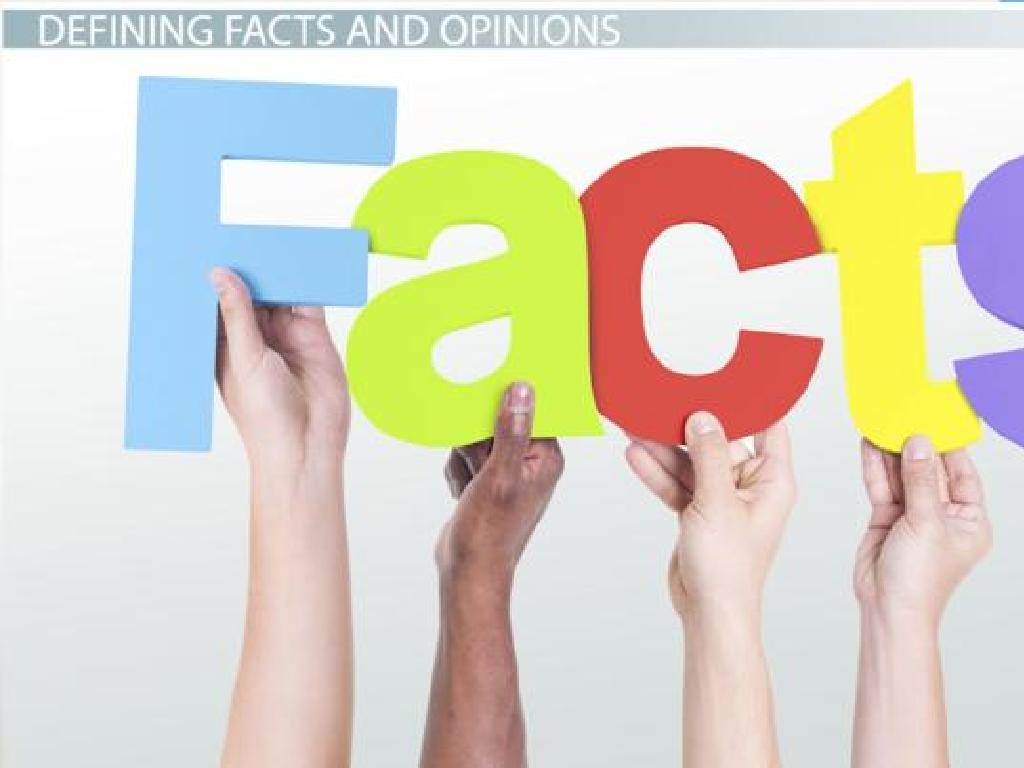Subtract Mixed Numbers With Unlike Denominators
Subject: Math
Grade: Fifth grade
Topic: Add And Subtract Mixed Numbers
Please LOG IN to download the presentation. Access is available to registered users only.
View More Content
Subtracting Mixed Numbers with Unlike Denominators
– Recap: What are mixed numbers?
– A mixed number has a whole part and a fraction part, like 2 1/3.
– Parts of mixed numbers explained
– Whole numbers are complete units, fractions are parts of a unit.
– Importance of subtraction skill
– Subtracting mixed numbers is used in real-life situations, like cooking.
– Preparing for subtraction
|
Begin with a quick review of mixed numbers, ensuring students recall that they consist of a whole number and a fraction. Clarify the components of mixed numbers: the whole number represents complete units, while the fraction represents a part of a unit. Emphasize the practicality of learning to subtract mixed numbers, such as adjusting recipes or measuring lengths. This foundational knowledge is crucial for understanding the subtraction process that will be covered in the following slides. Engage students by asking them to think of situations where they might need to subtract mixed numbers.
Understanding Unlike Denominators
– Denominators: bottom numbers in fractions
– Denominators tell us into how many equal parts something is divided
– ‘Unlike denominators’: different bottoms
– When fractions have different denominators, they have parts of different sizes
– Examples: 1/2 vs. 1/3, 3/4 vs. 2/5
– 1/2 has 2 parts, 1/3 has 3 parts; they can’t be directly compared
– Why unlike denominators matter in subtraction
– To subtract, we need common denominators for an accurate comparison
|
This slide introduces the concept of denominators and what it means when they are ‘unlike’ in the context of subtracting mixed numbers. Begin by explaining that the denominator is the number below the fraction line, indicating the total number of equal parts. Then, clarify that ‘unlike denominators’ means the denominators are different, making the fractions incomparable as is. Provide clear examples of unlike denominators to illustrate the point. Emphasize the importance of converting unlike denominators to common denominators for subtraction, as this is a crucial step in ensuring accurate mathematical operations. Encourage students to practice identifying unlike denominators and to understand why finding a common denominator is necessary for subtraction.
Making Denominators Alike
– Find the least common denominator (LCD)
– LCD is the smallest number that all denominators can divide into.
– Convert mixed numbers to same denominators
– Change fractions so they have the LCD before subtracting.
– Practice problem: Convert mixed numbers
– Example: 2 1/4 and 3 2/3 – make denominators alike.
– Understand equivalent fractions
|
This slide introduces the concept of finding the least common denominator (LCD) which is crucial for adding or subtracting mixed numbers with unlike denominators. Teach students how to find the LCD and use it to convert mixed numbers so that their denominators are the same. Provide a practice problem for students to apply this concept, such as converting 2 1/4 and 3 2/3 to have like denominators. Emphasize the importance of understanding equivalent fractions in this process. Encourage students to solve the practice problem and prepare additional similar problems for them to try. This will help solidify their understanding of the concept.
Subtracting Fractional Parts of Mixed Numbers
– Subtract like denominators first
– Find common denominators, then subtract numerators.
– Borrow from whole number if needed
– If the fractional part of the minuend is smaller, borrow 1 from the whole number.
– Practice with an example problem
– 5 3/4 – 2 5/8: Borrow from 5 to make 3/4 into 11/8.
|
When subtracting mixed numbers with unlike denominators, start by ensuring the denominators are the same. If the fractional part of the first number is smaller than the second, you may need to borrow 1 from the whole number part, converting it into an equivalent fraction with a larger numerator. For example, in 5 3/4 – 2 5/8, you would borrow 1 from the 5 (making it 4), and convert 3/4 into 11/8. Now you have 4 11/8 – 2 5/8, and you can subtract the fractions easily. Provide students with practice problems to reinforce the concept.
Subtracting Mixed Numbers: Whole Parts
– Subtract whole numbers first
– Take the whole number parts and subtract them as you would with any basic subtraction.
– Combine with fraction subtraction
– After subtracting the whole numbers, proceed to subtract the fractions and combine the results.
– Practice: Subtract whole numbers
– Example: 5 2/3 – 3 1/4, first do 5 – 3.
|
When teaching students to subtract mixed numbers, start by focusing on the whole number components. Remind them to perform the subtraction as they would with simple whole numbers. After they have found the difference between the whole numbers, they will then move on to subtract the fractions. It’s crucial to emphasize that they should keep the whole number and fraction parts separate during this initial step. For the practice problem, provide an example such as 5 2/3 – 3 1/4, and guide them to subtract 5 – 3 first. This step-by-step approach helps students avoid confusion and builds a strong foundation for subtracting mixed numbers with unlike denominators.
Subtracting Mixed Numbers with Unlike Denominators
– Combine whole numbers and fractions
– Simplify the subtracted result
– If the fraction is improper, convert it to a mixed number
– Example: Subtract 3 4/5 – 2 1/3
– Find a common denominator, subtract fractions, then subtract whole numbers
– Practice with different numbers
– Try subtracting 5 2/7 – 3 3/4 and simplify
|
This slide aims to consolidate the students’ understanding of subtracting mixed numbers with unlike denominators. Start by explaining that they need to subtract whole numbers and fractions separately. Emphasize the importance of simplifying the result, which may include converting an improper fraction to a mixed number. Use the example provided to walk through the steps of finding a common denominator and completing the subtraction process. Encourage students to practice with different numbers to gain confidence. As an activity, students can work on additional problems, ensuring they understand each step and can simplify their answers.
Class Activity: Subtracting Mixed Numbers
– Pair up and solve problems
– Share answers with the class
– Discuss challenges faced
– Were there any tricky parts?
– Reflect on the learning process
– What strategies helped you?
|
This activity is designed to promote collaborative learning and problem-solving skills. Students should be paired up to work through a set of subtraction problems involving mixed numbers with unlike denominators. After solving the problems, pairs will share their answers with the class to compare methods and results. Encourage an open discussion about any difficulties encountered during the activity, and ask students to reflect on how they overcame these challenges. Possible activities: 1) Use visual aids like fraction strips, 2) Encourage estimation to check work, 3) Have students create their own subtraction problems, 4) Use real-life scenarios to frame the problems, 5) Incorporate technology with interactive fraction tools.
Wrapping Up: Subtracting Mixed Numbers
– Review of subtracting mixed numbers
– Remember to find a common denominator before subtracting.
– Homework: Practice problems assigned
– Complete 10 problems on subtracting mixed numbers.
– Encourage questions on difficulties
– Don’t hesitate to ask for help if you’re stuck on a problem.
– Keep practicing for mastery!
|
As we conclude today’s lesson, remind the students of the key steps in subtracting mixed numbers with unlike denominators: finding a common denominator, converting to improper fractions, subtracting, and simplifying if necessary. Assign a set of practice problems as homework to reinforce these concepts. Encourage students to approach you with any questions they might have, emphasizing that it’s okay to need help. Remind them that practice is essential for understanding, and with each problem, they’re getting better at subtracting mixed numbers.




